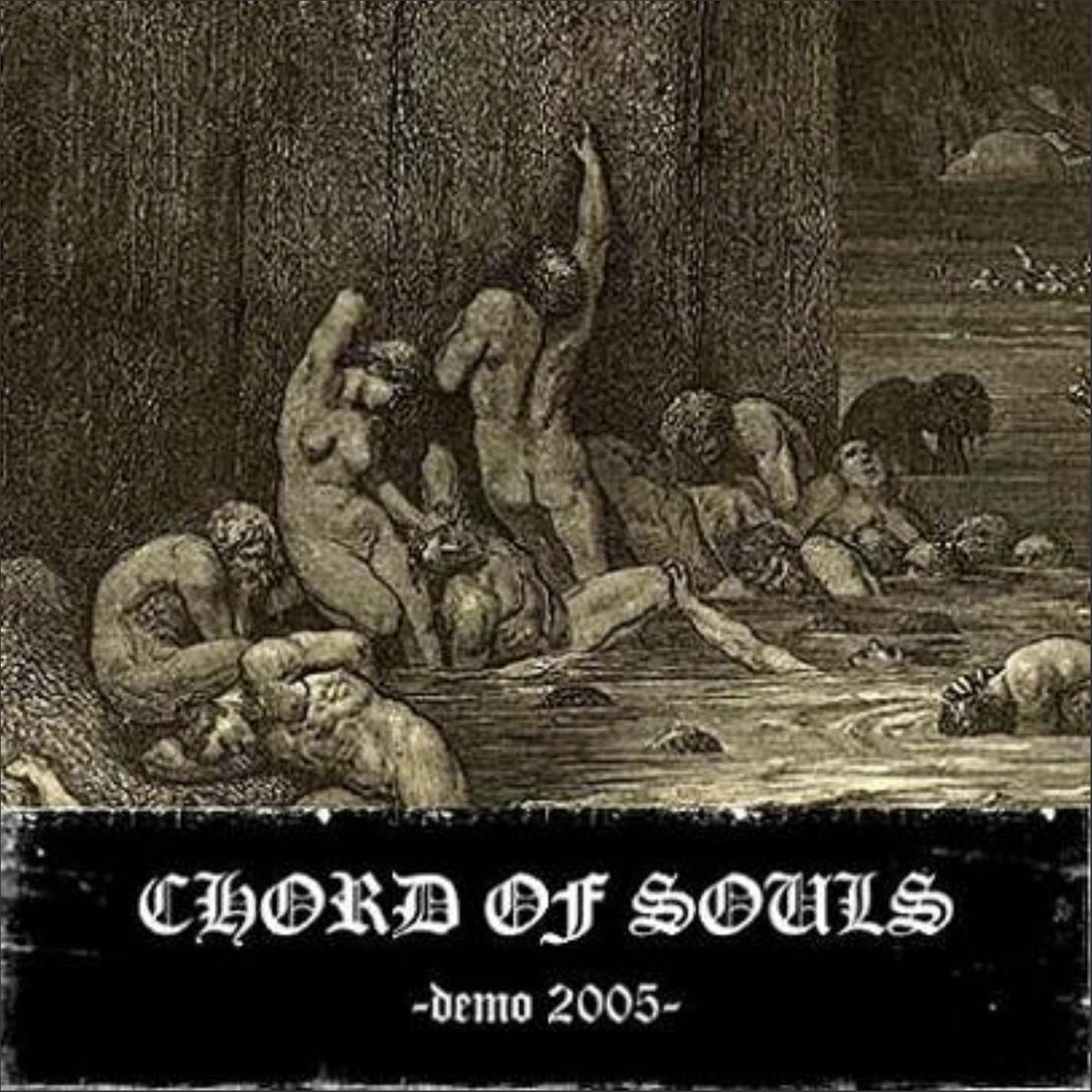 The 2005 metal album, Demo 2005, by the band Chord of Souls uses Gustave Doré’s illustration, Paramours and Flatterers as its album art.
The 2005 metal album, Demo 2005, by the band Chord of Souls uses Gustave Doré’s illustration, Paramours and Flatterers as its album art.
Find the album here.
Find the illustration here.
Contributed by Gianluca Giuseffi Grippa.
Citings & Sightings of Dante's Works in Contemporary Culture
By Cory Balon
By Cory Balon
By Cory Balon
“Ho studiato nelle scuole della lingua di Dante…Grazie Dea Italia! Sarò finalmente lontano da questi somari, da questi brutti ceffi, selvaggi, che adorano i cammelli…” –Garane Garane, Il Latte è Buono, 2005
“Gashan’s (the protagonist’s) identification with Dante is central in the novel, which can be seen as an inverted journey from the Heaven of the uncritical enjoyment of Italian culture in Somalia to the Hell of European and American discrimination and Somali Civil War. Garane’s Il Latte è Buono can be defined as a Bildungsroman since the character becomes increasingly aware of the psychological influence of Italian colonialism on his education when he reaches and lives in Italy. To some extent, Dante’s role within his Bildung is once again to serve as a meta-literary guide for the main character, recalling Virgil’s role as Dante’s mentor in the Commedia.” –Simone Brioni, Lorenzo Mari, Postcolonial Dante: Reading the Commedia in Mogadishu, 2019
Access Il Latte è Buono by Garane Garane here.
Contributed by Simone Brioni (Ph.D., Stony Brook University)
Castlevania: Aria of Sorrow and Castlevania: Dawn of Sorrow feature several spear-wielding flying demons named after the Malebranche: Cagnazzo, Scarmaglione, Rubicant, Draghignazzo, Barbariccia and Malacoda. Rubicant and Scarmaglione are mistranslated as ‘Lubicant’ and ‘Skull Millione.’” —Wikipedia
All submissions will be considered for posting. Bibliographic references and scholarly essays are also welcome for consideration.
Coggeshall, Elizabeth, and Arielle Saiber, eds. Dante Today: Citings and Sightings of Dante’s Works in Contemporary Culture. Website. Access date.